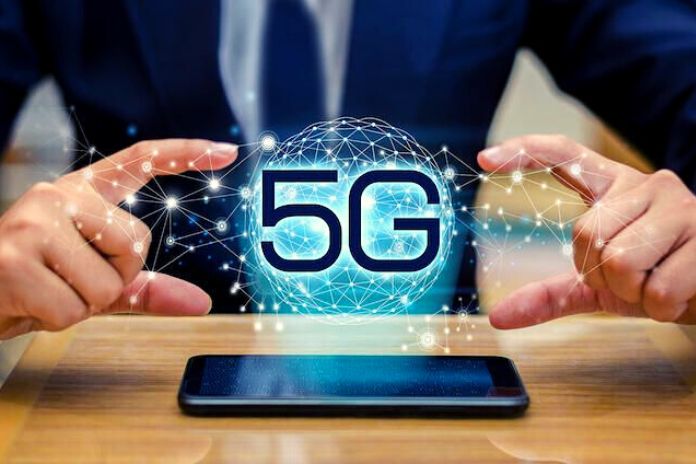The potential of 5G is one of the vast technological issues of the moment. The fields of application destined to be revolutionized by this new technology are numerous. In most cases, they will significantly impact the country’s digitization to meet the needs of businesses, individuals, and institutions.
Healthcare, Education, Agriculture, Manufacturing, Logistics, Transportation, Entertainment: no sector is or will be excluded from the revolution enabled by 5G networks. But what are the application areas in which the introduction of 5G can create new opportunities or improve existing services and solutions? A precise answer is provided by the 5G & Beyond Observatory which, which has identified eight major application areas through a detailed analysis of 5G experiments.
Remote Monitoring
Remote monitoring, thanks to the contribution of complementary technologies, such as intelligent objects, sensors, drones, and artificial intelligence algorithms, 5G finds wide applications in remote monitoring. Among the solutions already tested, we find the development of systems for the remote management of cities (smart parking, intelligent lighting, smart bins for waste collection) or agricultural fields or for monitoring the energy consumption of homes or factories.
Another highly impacted area is predictive maintenance in contexts such as large distributed infrastructures such as railways or predictive analyses of more localized assets (for example, the structural control of buildings and infrastructures). Critical solutions also in the Healthcare & Wellness field: 5G could enable the continuous and real-time analysis of the vital parameters of specific patients and athletes’ sports performance.
Enhanced Experience
Solutions that take advantage of 5G technology to improve consumers’ user experience are already widespread. These innovations are widely applied in the Media & Entertainment sector (the first news reports in 4K and shows made in mixed reality are beginning to be seen); in the Retail sector, for the enrichment of the customer experience inside or near the points of sale.
But also in more unsuspected sectors such as education: for example, 5G allows medical students to interact with a virtual patient to learn diagnostic techniques. The technologies most used to develop these solutions are augmented reality and virtual reality. In these contexts, 5G is configured more than ever as the bridge technology between the physical and virtual worlds.
Surveillance & Security
In these cases, the solutions concern intelligent surveillance systems capable of automatically detecting and reporting anomalous or suspicious behavior. The latter are ideal applications for remote surveillance of stations and other large crowded public spaces. Again in this context, 5G can represent a valuable ally for law enforcement agencies in managing and monitoring alerts or emergencies.
Remote Operations
5G technologies will enable important advances in remote operations in the industrial and healthcare fields. In the first case, for example, an operator in the field can be guided remotely and in real-time by a more experienced operator, or he could take advantage of more information on tools and machinery thanks to the use of viewers that exploit augmented reality. In the health sector, on the other hand, medical teleconsultation and the first applications of robotic telesurgery are noteworthy.
Smart And Connected Vehicles
5G “drives” innovation also in the innovative car sector. In particular, there are two types of services improved by this technology: the improvement of driver safety and in-vehicle entertainment. Among the solutions aimed at improving motorist protection, we find systems to widen the field of vision when overtaking or use intelligent sensors capable of monitoring the state of the road surface and facilitating the exchange of information with other connected vehicles.
Autonomous Vehicles
5G is the long-awaited technology for the development of self-driving vehicles, which therefore do not require a human component. The first experiments concerned, in particular, the use of vehicles for delivering products in the city (significantly reducing the impact of pollution and traffic) or for precision agriculture.
Collaborative Robots
5G will allow the use of collaborative robots without cable technology (currently the most used for the realization of these initiatives), allowing greater flexibility in the layout of the working environment. The first applications developed in this field concern humanoid robots to provide information to customers or robots in the factory that automates the simplest operations.
Improved Network Connectivity
Solutions aimed at improving connectivity involve combining existing network technologies and 5G. The main objective of these applications is to bring a network with the same performance as fiber even in countries and territories where it is difficult or expensive to build a fixed infrastructure.
Also Read: Python: Break And Continue – Break Loops

